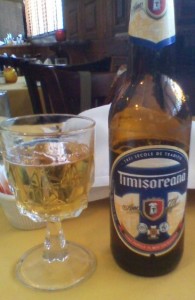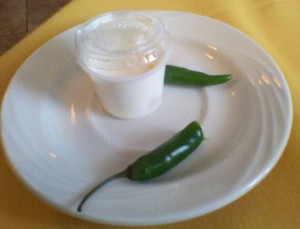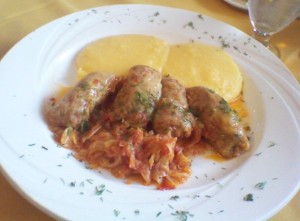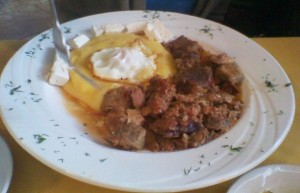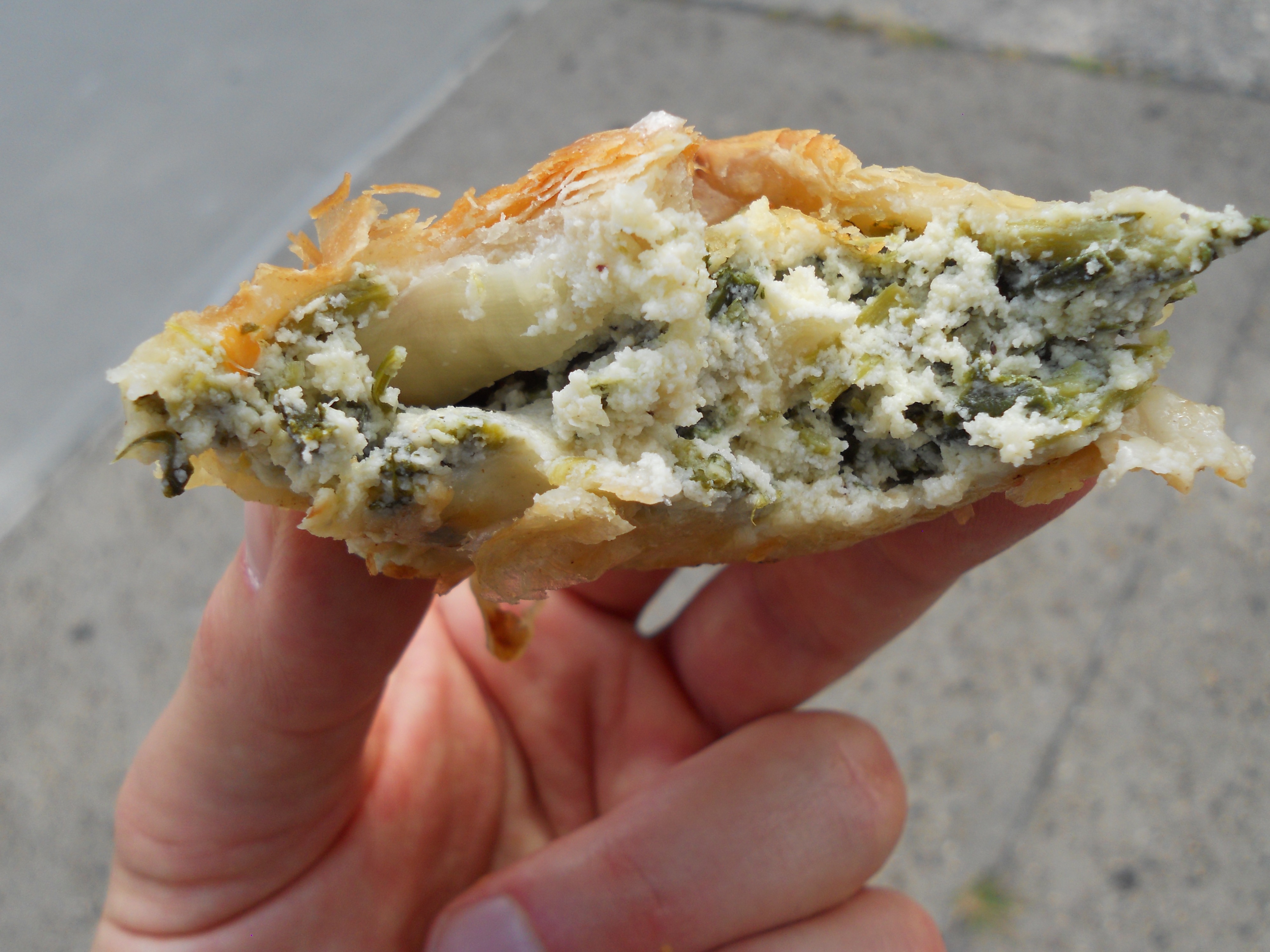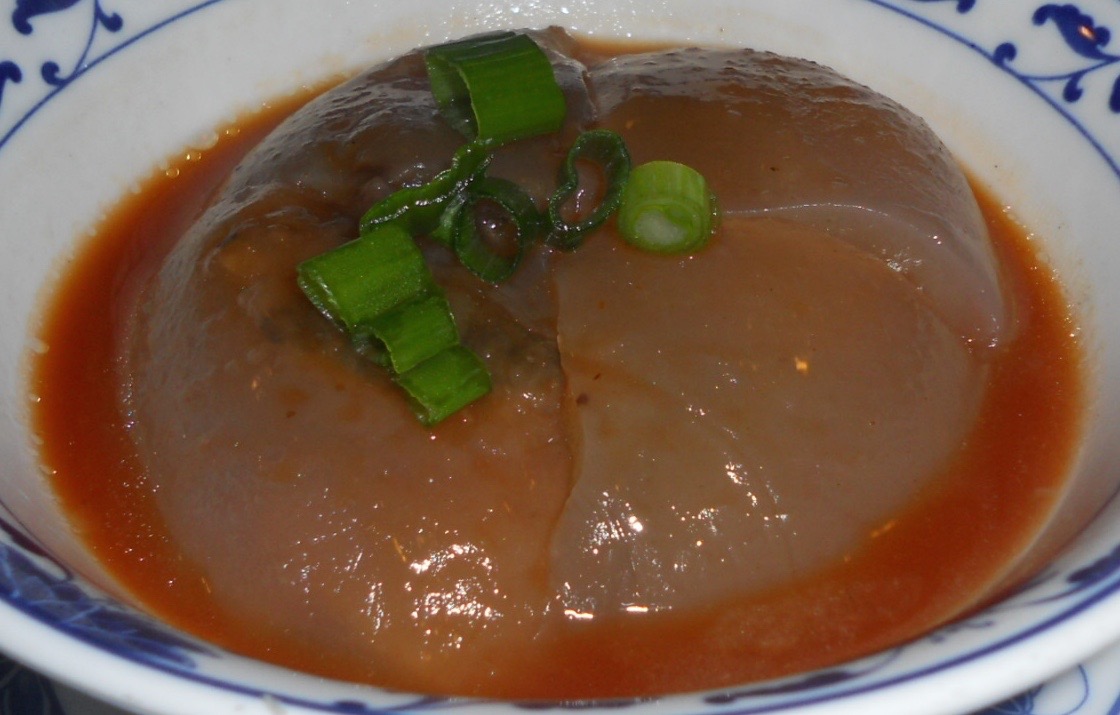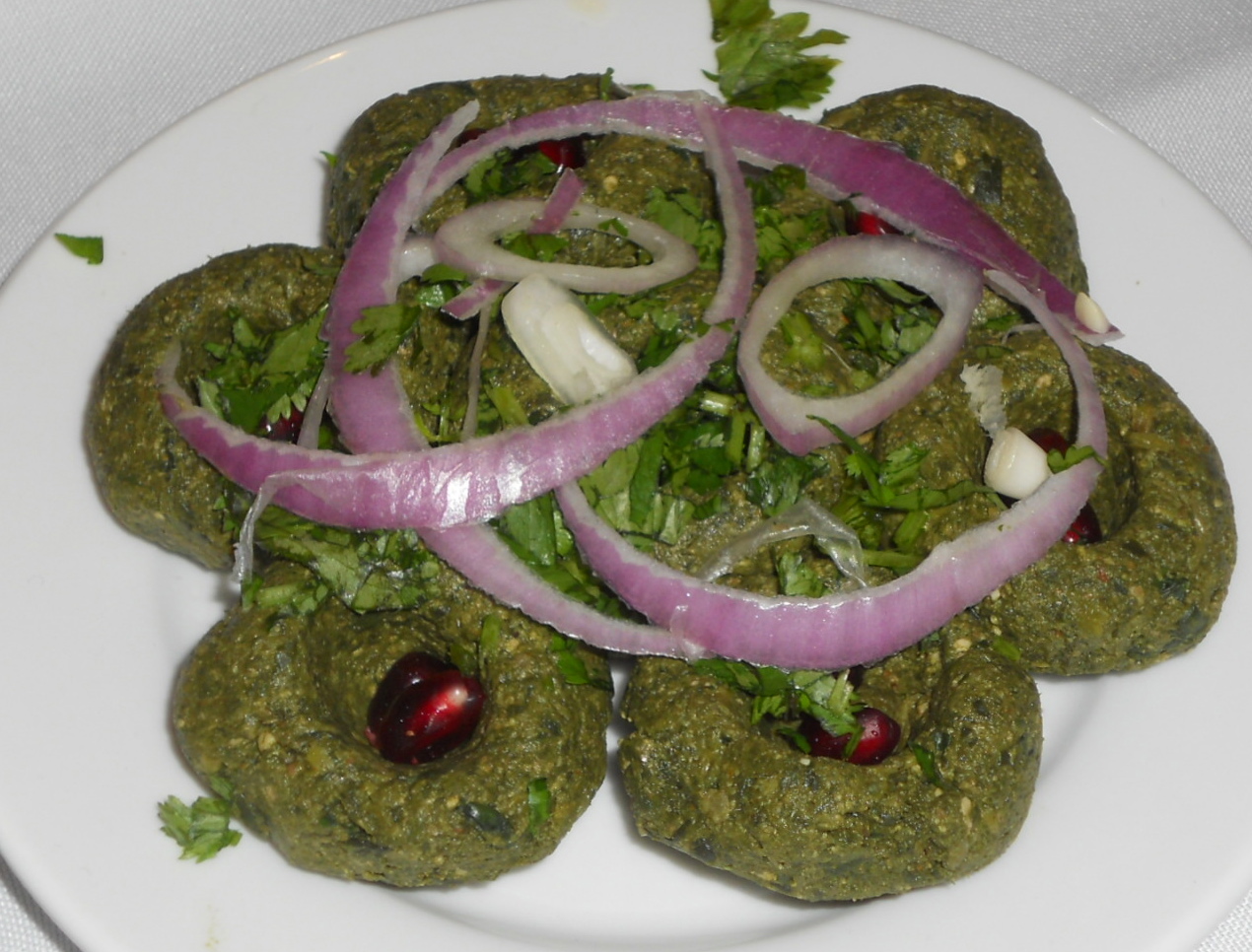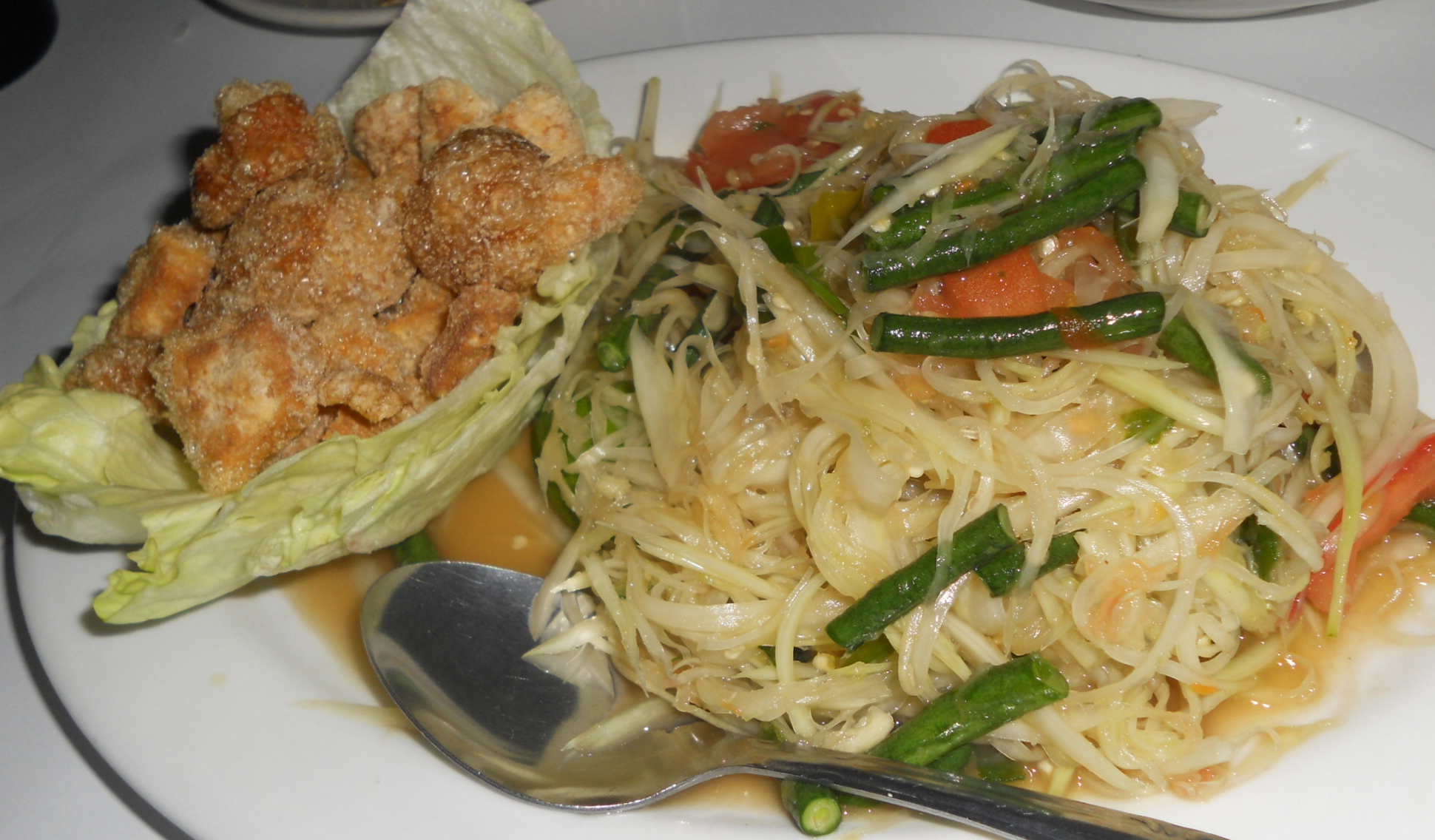Poor Romania is one of those countries that couldn’t possibly have chosen a nastier set of historical neighbors. Over the past millennium or so, present-day Romania’s borders have been overrun by invading armies of Mongols, Ottoman Turks, Austrians, Germans, Hungarians, and Russians, just to name a few of the larger powers. For most of Romanian history, it pretty much sucked to be Romania.
It makes me think of the overused proverb about Mexico: it’s a nation so far from God, so close to the United States. Something similar could be said about Romania: so far from God, so close to Germany, the Russian Empire, the Ottoman Empire, the Austro-Hungarian Empire, and the Roman Empire. Yikes.
I mean this in the best possible way, but it’s as if Romanian history is sort of like a group of angry Rottweilers fighting over a dog toy… and Romania was the dog toy. (An interesting, depressing history of Romania can be found here.)
The silver lining for Romania—besides the fact that Romanians are probably tough as nails after everything they’ve been through—is that they adopted some of the culinary arts of all of their historical conquerors. In order to survive as a nation, Romanians have learned to be very creative and stealthy in both geopolitics and the culinary arts, and you have to give them some credit for that.
Case in point: I never once saw the word “sausage” on the menu at Bucharest Restaurant in Sunnyside, but boy, did we ever eat some sausage. That was the stealthiest sausage I’ve eaten in, like, days.
Oh, but there was sausage everywhere. And it was good.
Before the sausage snuck up on us, I ordered a couple of items that sounded pretty scary, based on my (misinformed) pre-meal online research. I started with a Timisoreana beer ($6 for a 16 oz. bottle), which was described on a beer website as “too skunky to enjoy,” “mostly offensive,” and “soapy.”
Lighten up, beer review guys. The Timisoreana was fine. Better than Schlitz, not as good as Guinness. Point for Bucharest. (Unfortunately, the restaurant was out of the fiery Romanian plum brandy known as tuica.)
I then ordered a bowl of ciorba de vegetale (“vegetable sour soup”, $3.95), which is supposedly made from fermented grains, among other things. It sounded revolting. I loved it. It tasted almost exactly like the dill-fueled borscht my Ukrainian grandmother used to make. I tossed a bit of sour cream in there (which also sounds revolting, but tastes great), and nibbled on the accompanying hot peppers between slurps of stew. Good stuff. Apparently, there was no stealth sausage hiding in the soup or the beer.
Our entrees, however, were rife with hidden sausage. I ordered the sarmale, which is generally hailed as the national dish of Romania. According to the menu, sarmale ($10.95) is “stuffed cabbage — meat, grains, vegetable, served with polenta.” My friend ordered tochitura ($11.95), described as a “Transylvanian meat dish served with polenta topped with
sunny-side egg up and feta cheese.” Not a word about sausage.
But the sarmale appeared to be a mild sausage wrapped in stewed cabbage leaves. I didn’t really see any grains or vegetables inside the cabbage, but I’m not complaining at all–the dish was delicious, if a little bit rich and oily. There was nothing glamorous about the polenta mush (not to be confused with the firm polenta cakes that are fashionable in continental and American restaurants in NYC), but it provided a great counterbalance to the sarmale. And since I’m from the Midwest, I’m always comfortable with a plate piled with corn. (Did I mention that I lost my virginity in a cornfield?)
The tochitura (“Transylvanian meat dish”) was similarly stealthy with its sausage. “Meat” pretty much meant “pork,” which meant that there were several different cuts of pork and sausage. It wasn’t what we expected, but that’s rarely a complaint in my world. And again, the polenta (which my dining companion claimed to despise) seemed to work really well as a counterbalance to the sausage–the aforementioned polenta-hating companion actually ate most of her polenta. And I was very proud of her for that. Or proud of Bucharest Restaurant. Or both.
Bucharest Restaurant
43-45 40th Street, Queens
Subway: 40th Street (7 train)


